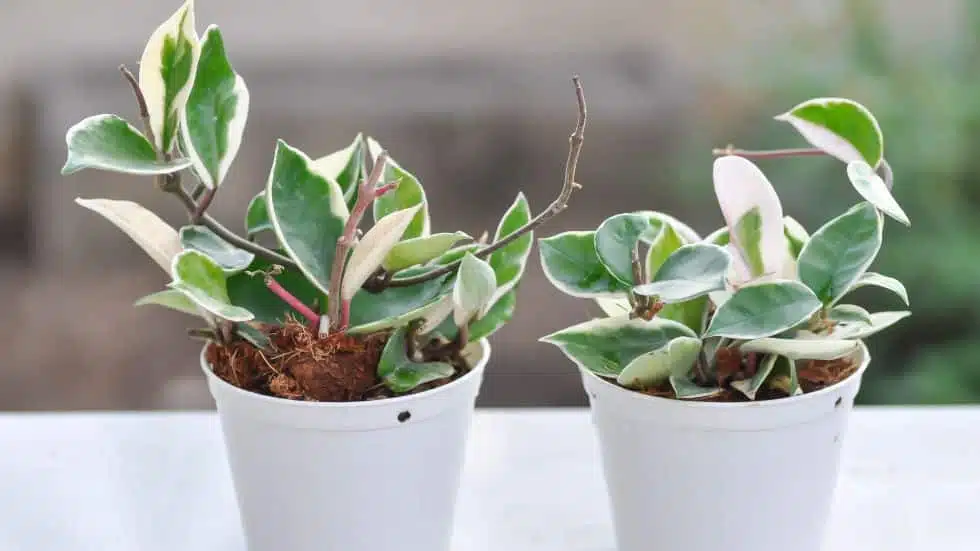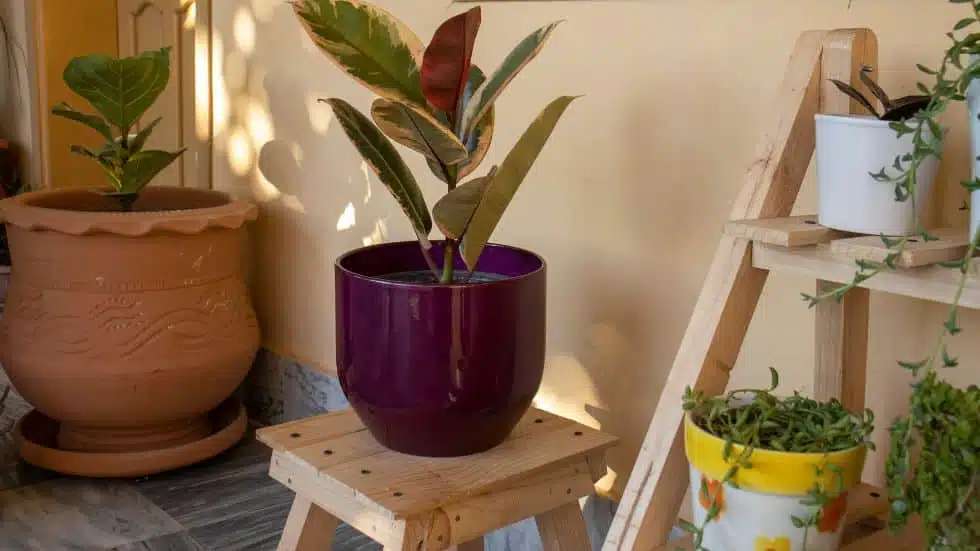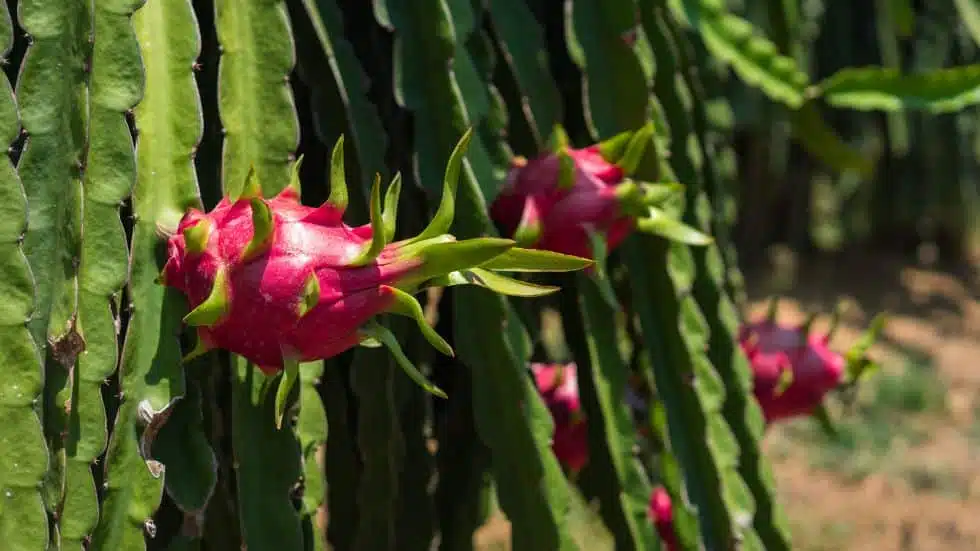The hoya plants, also known as wax plant or porcelain flower, is a popular houseplant appreciated for its beautiful foliage and unique flowers. With its thick, waxy leaves and stunning blooms, the hoya plant has become a favorite among both beginner and experienced gardeners. In this article, we will explore the various aspects of the hoya plant, including its origins, care tips, propagation methods, and common varieties.
Origins and Background of the Hoya Plant
The hoya plant belongs to the Apocynaceae family and is native to Southeast Asia, including countries like India, China, Thailand, and Indonesia. It was first discovered in the early 19th century by botanist Robert Brown and has since gained popularity worldwide as a houseplant.
Characteristics and Appearance
The hoya plant is known for its fleshy, succulent-like leaves that are typically dark green and oval-shaped. These leaves often have a glossy or waxy texture, giving the plant its common name, wax plant. The foliage is also attractive due to the intricate patterns and variegation on some hoya plant varieties.
One of the most captivating features of the hoya plant is its flowers. The blooms are usually star-shaped, and depending on the variety, they can come in various colors such as white, pink, red, or yellow. The flowers often have a sweet fragrance, making the hoya plant a delightful addition to any indoor space.
Read More : The Bird of Paradise Plant: A Majestic and Exquisite Beauty
Care Tips for Hoya Plants
- Light Requirements: The hoya plant thrives in bright, indirect light. It can tolerate some direct sunlight, but too much can scorch the leaves. Place your hoya plant near a window with filtered light or use sheer curtains to diffuse the sunlight.
- Temperature and Humidity: The hoya plant prefers moderate temperatures between 60-80°F (15-27°C). It can tolerate slightly cooler temperatures but should be protected from drafts. As for humidity, the hoya plant enjoys higher levels, so misting the leaves or using a humidifier can be beneficial.
- Watering: Water your hoya plant when the top inch of the soil feels dry to the touch. Avoid overwatering as it can lead to root rot. During the growing season, water more frequently, and reduce watering in the winter when the plant is dormant.
- Soil and Fertilizer: Hoya plants require well-draining soil to prevent waterlogging. A mixture of peat moss, perlite, and orchid bark works well. Fertilize your hoya plant with a balanced, water-soluble fertilizer every 2-4 weeks during the growing season.
- Pruning and Maintenance: Regular pruning helps maintain the shape and size of the hoya plant. Remove any dead or yellowing leaves, and trim back leggy stems to encourage bushier growth. Additionally, cleaning the leaves periodically with a soft cloth can help remove dust and maintain their glossy appearance.
Propagation Methods
The hoya plant can be propagated through various methods, including:
- Stem Cuttings: Take 4-6 inch stem cuttings with at least two leaves and place them in a well-draining potting mix. Keep the soil slightly moist until new roots form.
- Leaf Cuttings: Gently remove a healthy leaf from the hoya plant and insert the cut end into a propagation medium. Mist the leaf occasionally to maintain humidity, and roots should develop over time.
- Layering: This method involves bending a flexible stem to the ground and burying a section of it in the soil. Once roots develop, the stem can be cut from the parent plant and potted separately.
Common Varieties of Hoya Plant
- Hoya carnosa: This variety is the most popular and features dark green leaves with creamy-yellow variegation. The flowers are typically pink or white and have a sweet scent.
- Hoya kerrii: Also known as the sweetheart hoya, this variety has unique heart-shaped leaves. It is often given as a symbol of love and is easy to care for.
- Hoya pubicalyx: This variety has elongated, dark green leaves with silver flecks and produces clusters of reddish-purple flowers.
Conclusion
The hoya plants is a charming and low-maintenance houseplant that adds beauty and elegance to any indoor space. With its glossy foliage and intricate flowers, it has become a favorite among plant enthusiasts. By following the care tips mentioned in this article and exploring different propagation methods, you can enjoy the beauty of the hoya plant in your own home. Whether you choose the classic Hoya carnosa or the unique Hoya kerrii, the hoya plant is sure to bring joy and tranquility to your surroundings.





